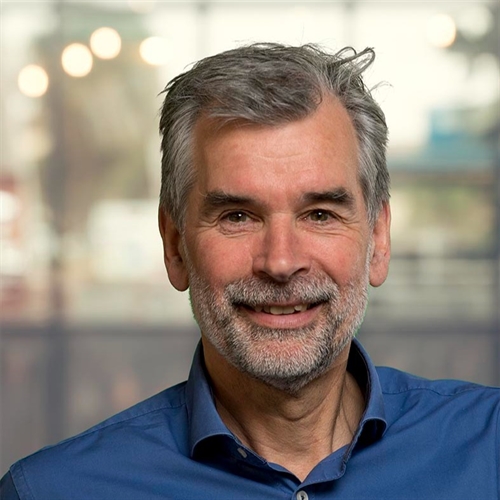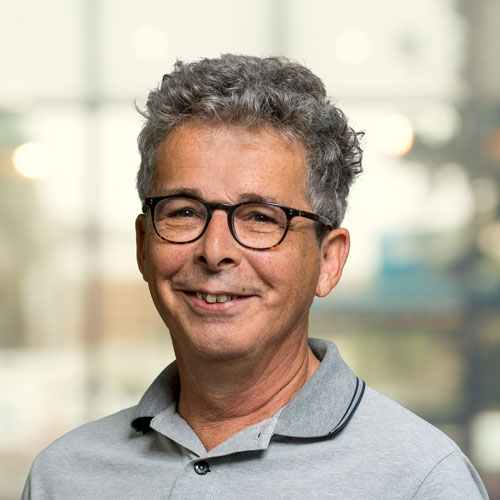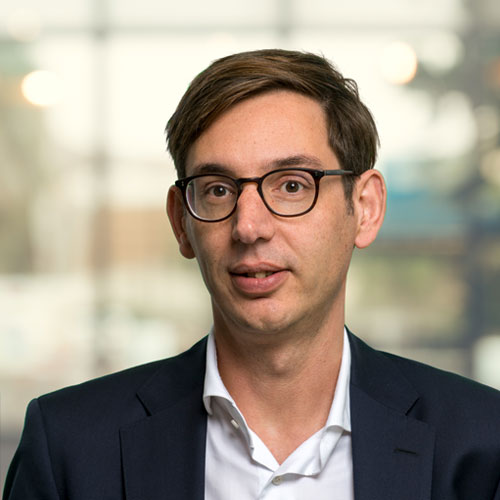
Greenhouse gas monitoring and verification
In the Paris Agreement, 195 countries agreed to work against dangerous climate change. We’re working on national and European emission inventories and a greenhouse gas verification system to lay the foundation for measures to combat climate change.
Greenhouse gases
The concentration of greenhouse gases in the atmosphere determines global warming. Atmospheric monitoring therefore lets us keep track of developments. The greenhouse gases we measure are carbon dioxide (CO2), methane (CH4), and nitrous oxide (N2O). We’ve been measuring the first two in the Netherlands since 1992. It’s important for cities and individual sectors to measure their own progress. We now monitor emissions based mainly on statistics. But in many places, these are unreliable, incomplete, or insufficiently detailed.
Measuring emissions
To support climate policy, we’re working on ways of documenting greenhouse gas emissions. We do this by means of emission inventories and measurements. We convert measurement and satellite data from concentrations into emissions and their various sources. There are high expectations for measuring emissions with the help of satellites, and we’re focusing strongly on that work. But we also measure emissions directly on the ground. For example, we measure methane associated with oil and gas extraction at home and abroad.
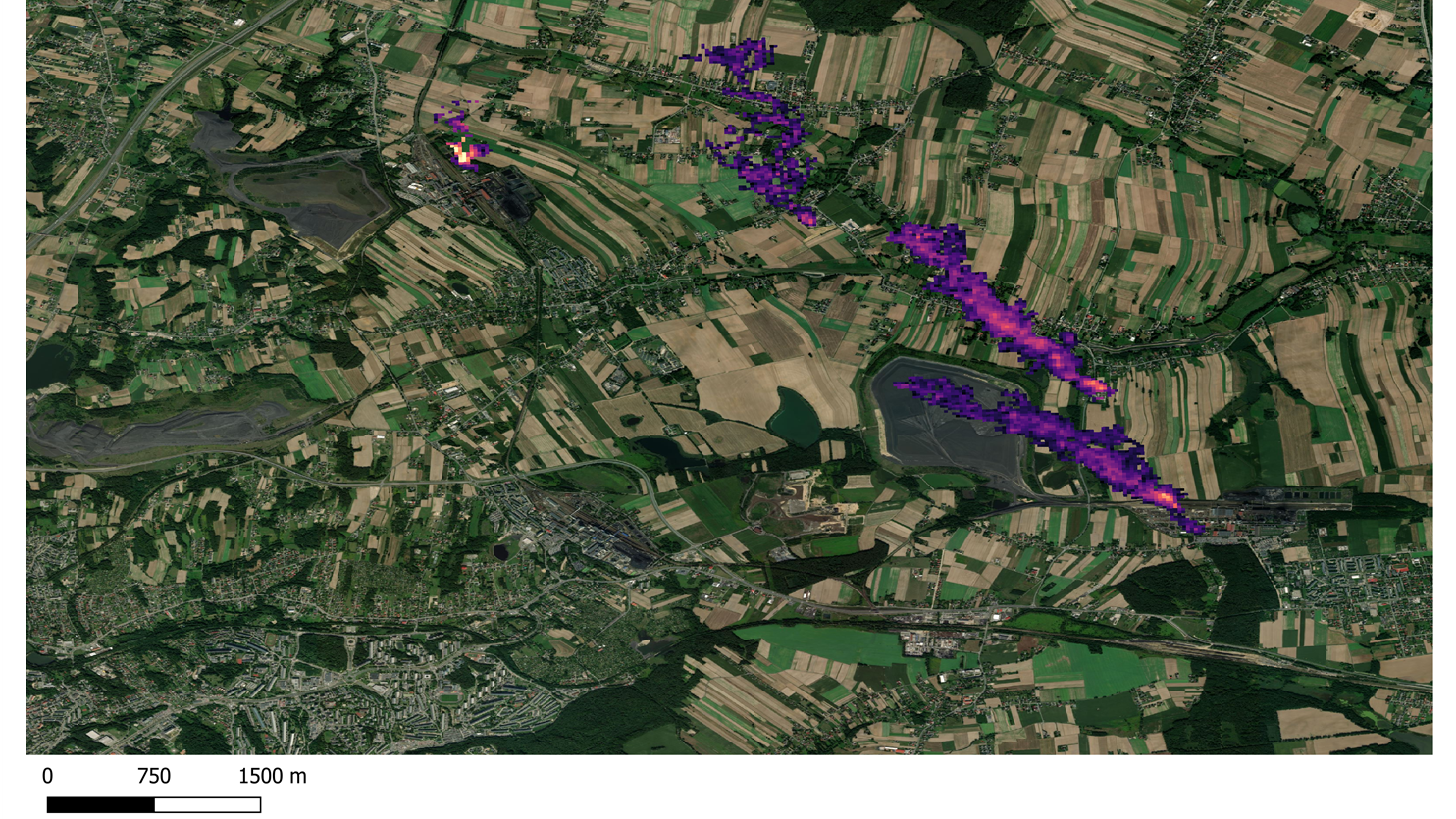
Ruisdael Observatory
The Ruisdael Observatory is a nationwide observatory for atmospheric measurements. We work with partners there to measure, model, and understand atmospheric processes. This includes quantifying local greenhouse gas budgets. At Ruisdael we coordinate the measurements around Rotterdam. We also perform mobile measurements of methane sources, for example.
In August and September 2022, for example, we teamed up with the observatory to carry out a major measuring campaign in Rotterdam. We used a variety of measuring instruments, such as bicycles, mobile measuring vehicles, satellite instruments, and even aircraft, to map out urban emissions in the Rotterdam region.
View the images of the many measuring instruments deployed in this major measuring campaign in Rotterdam:
European verification system
TNO is collaborating with international partners on a European greenhouse gas verification system. We’re doing this work in the VERIFY, CHE, CoCO2, and ICOS-cities projects. At present, we’re mainly identifying gaps in the emissions inventories, so that we can improve them. Ultimately, we’ll use greenhouse gas verification during the five-yearly global stocktake of the Paris Agreement. Here, we look at the progress made in achieving the climate targets. This will provide more clarity on actual emission reductions and whether additional action is needed.
Support in making policy choices
Over time, information from measurements and verification systems will show where progress is being made. In which sectors, for example. On that basis, additional measures will be taken in the most effective places. Our projects and knowledge thus contribute significantly to making policy choices. One example is our research report on methane emissions (only in Dutch) from gas extraction, with answers to a parliamentary question.
Get inspired
Methane emissions in the North Sea Symposium
Tracking sources of greenhouse gases with satellites
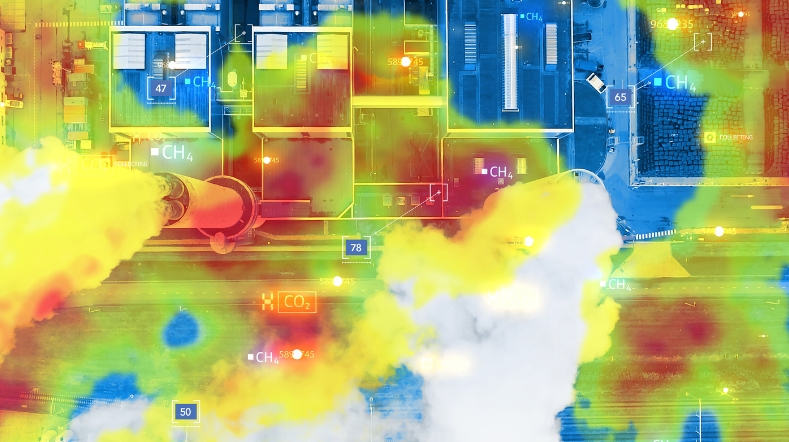

This is our time: Eleonie van Schreven’s work on small satellites with a big impact
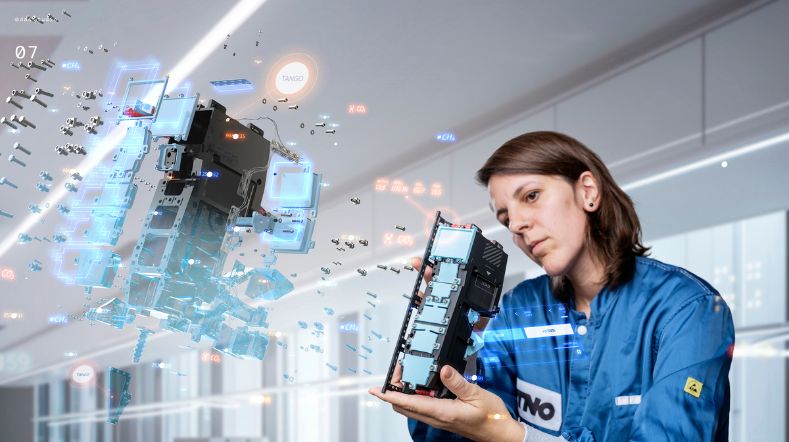

ATACH selects TNO model for climate-related health risks in Kenya
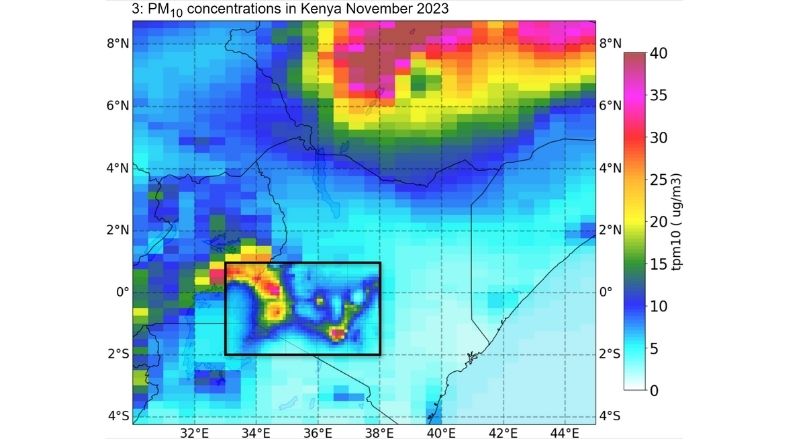

Vacuuming the highway to reduce environmental microplastics from tyres


